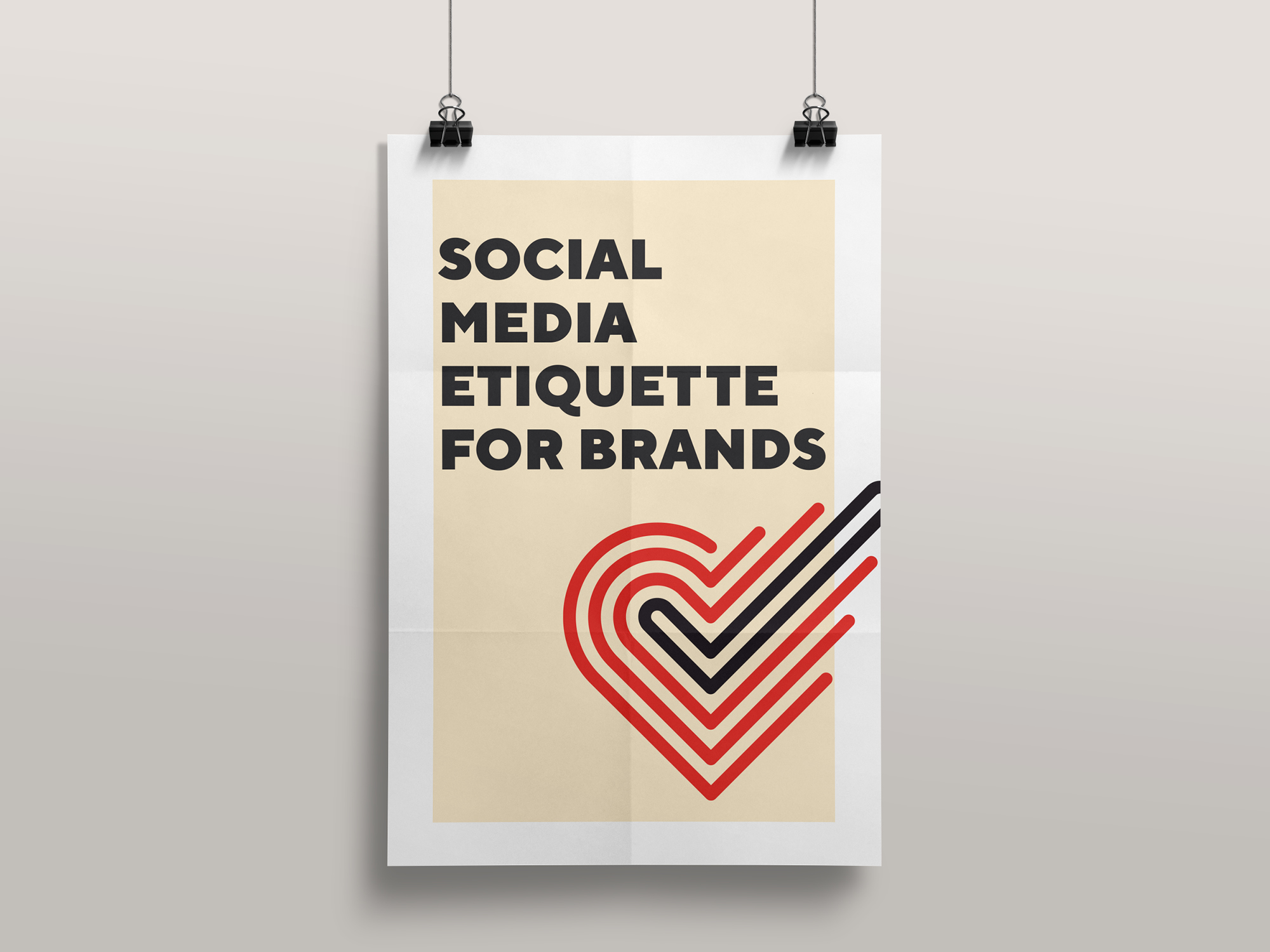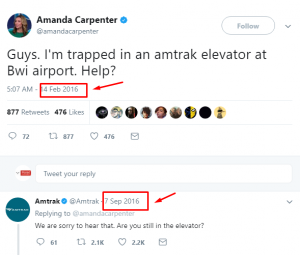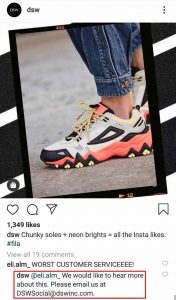Whether you’re sharing photos of your puppy or creating IGTV videos on how South Africans pronounce certain words, you have little restrictions when it comes to your private social media. However, when it comes to your business, there is a certain way to do things. Especially when it comes to the digital world. After all, one small social slipup will be on the internet forever.
So, here’s our code of dos and don’ts for businesses.
DO
Do respond quickly.
According to research done by The Social Habit, 42% of consumers expect a response on social media within an hour. On Twitter specifically, this number jumps to 64%. Consumers more and more expect fast customer service via every channel or social media platform that you use. When they experience what they consider to be efficient customer service, they are more likely to purchase from you, or use your services, again.
Do be friendly with your peers and competitors.
Social media platforms allow you to build a community. This should include your competitors. Building relationships with other professionals in your industry can help you gain access to plenty of benefits for your business. This includes empathy, support and a strong referral network. It might even lead to a successful and productive collaboration.
Do give credit.
Whether it is a photograph, an illustration or a backing track, always give recognition to the original creator. The digital world is all about sharing, but with this comes a responsibility to give credit where credit is due. It’s as easy as adding a link back to the original post, or simply thanking the person. Many creatives would appreciate the exposure.
Do engage with your audience.
It’s not enough to simply post once a day. Neither is it enough to only respond to comments left on your posts. Why not engage with posts where you are tagged? Or commenting on posts that inspire you? Going the extra mile to engage with your audience and those you follow shows a dedication to your clients or customers, and general online community. Treat it as if it were a long-term relationship.
Do have fun.
You can still have fun with social media while maintaining a professional etiquette. Trying out new features, like live videos or interactive polls can only enhance your social media experience as well as your relationship with your audience. While we may fall short on this sometimes, we’re working on our social media strategy and we’ve got a few ideas up our sleeve.
DON’T
Don’t use automated social media bots.
While we are the first ones to advocate for automating posts on social media, you or the person managing your social media pages should be communicating directly with your audience. Automated direct messages, comments or likes are inauthentic and your followers will pick-up on this. For many, automated bots have led to people unfollowing their account or worse, having their account reported as spam.
Don’t delete comments.
It’s impossible to avoid criticism. And more so, you shouldn’t try to. The way you manage criticism on your social media pages speaks to the way your brand professionally manages relationships with clients or customers. In addition, negative comments can also teach you a lot more than the positive ones.
So how should you respond? Constructively. Not only does this show the criticiser good customer service but it also shows anyone else who may see the comment that you truly care about the experience of your clients or customers.
Don’t follow anyone and everyone.
You should be following accounts with purpose. Choosing to follow anyone that follows you, dilutes your brand and fills your feed with unrelated posts. If you are not careful with who you follow, you also risk the chance of following someone who could be deemed inappropriate. Always consider the type of group, business or individual you are publicly linking with your brand, before you click “follow”.
Don’t over-post.
People generally will unfollow if you are posting too often. While consistency is key, you should stay within reason.
When it comes to Facebook, most studies suggest once a day – at most, twice. In fact, Hubspot found that pages with under 10 000 followers experience a 50% drop in engagement per post if they posted more than once a day. Twitter is very different as tweets have a short shelf life. Studies suggest spreading about 3-30 tweets throughout the day. And if you’re on Instagram, you should be posting at least once a day and no more than 3 times a day.
Don’t go #crazy.
Hashtags are meant to serve a purpose. They can help you widen your reach on social media and make it easier for consumers to find what they’re looking for. In addition to being distracting, too many hashtags make your brand look desperate. Some would even suggest ditching hashtags altogether. According to the below graph from Mention, Instagram posts with no hashtags see the highest average number of engagement. However, we’ll be testing this theory out in June.
For now, we suggest sticking to relevant and specific hashtags for your business. And don’t forget to frequently check how effective your hashtags are, using Instagram insights.
If this all sounds a bit overwhelming, pop us an email. We’d love to help you understand and manage the expectations of social media for business.
Aaliyah




